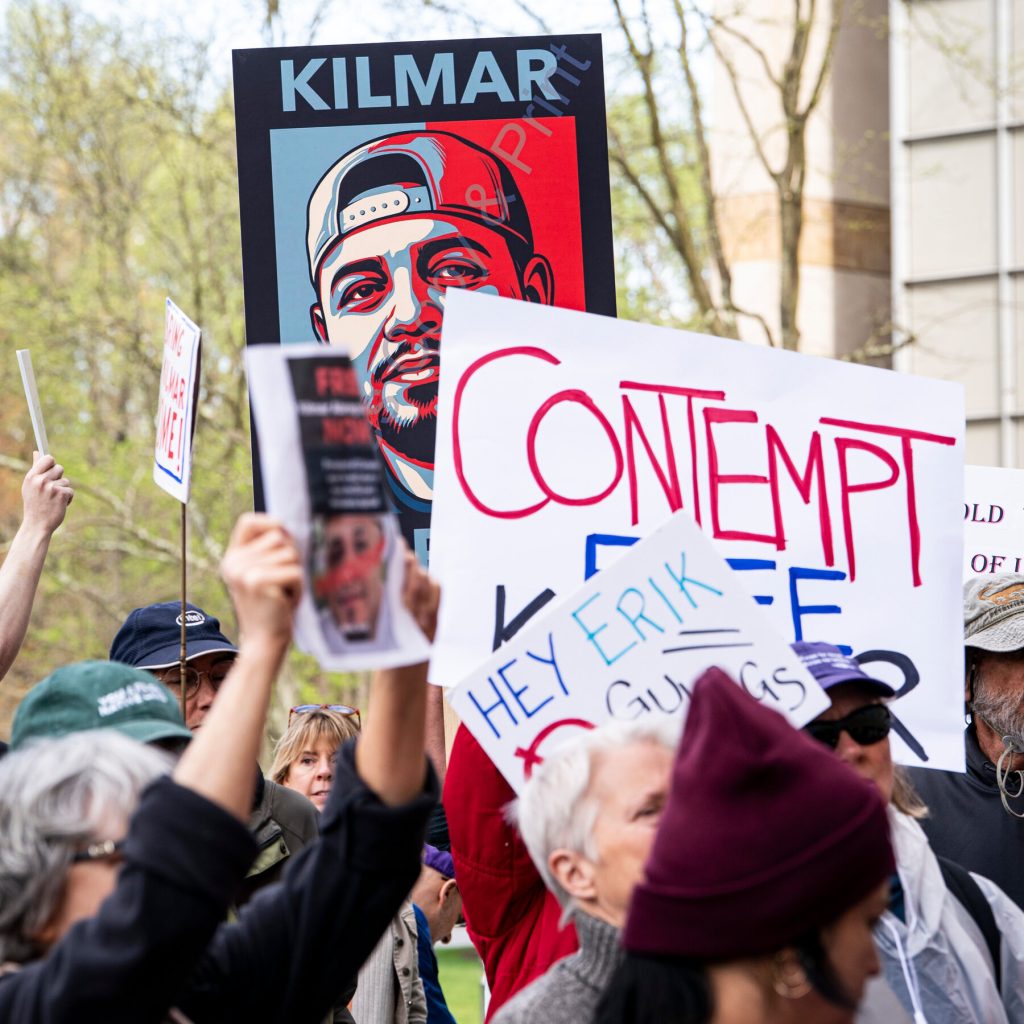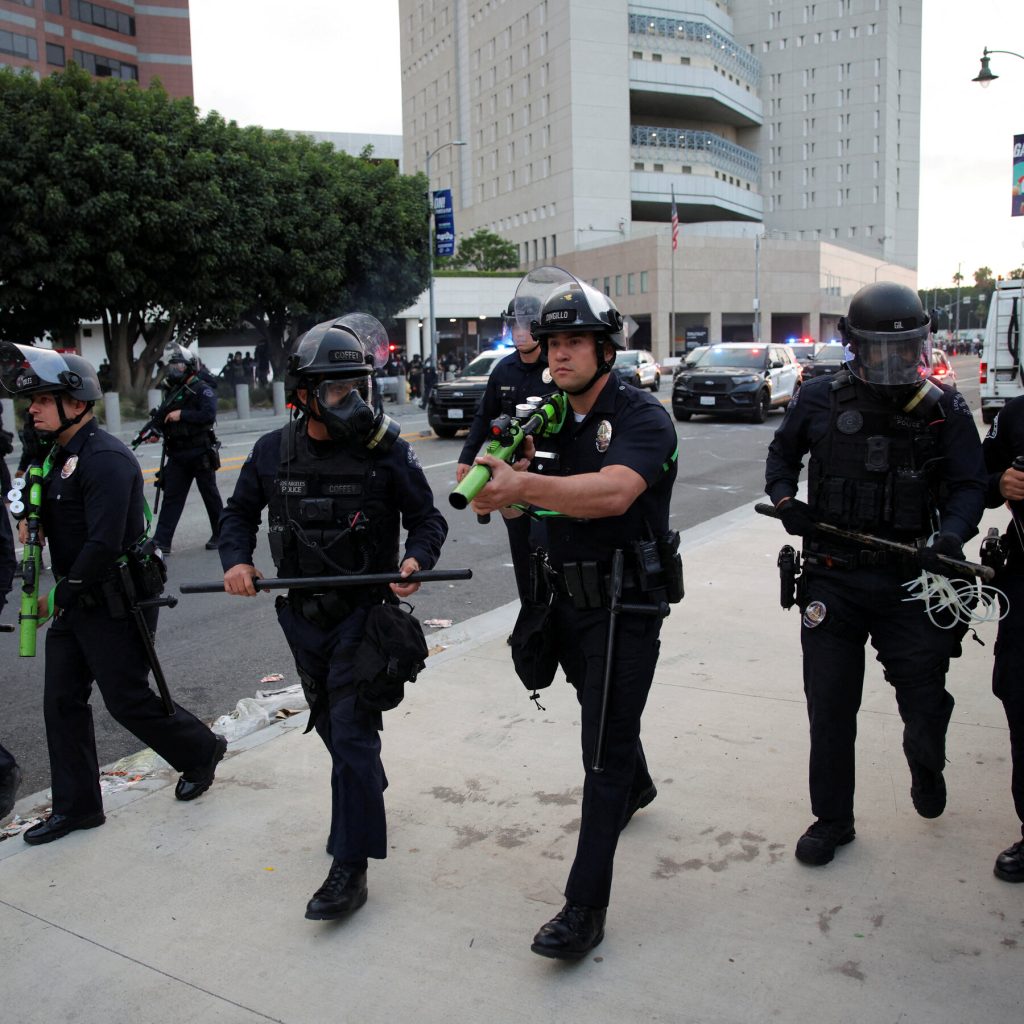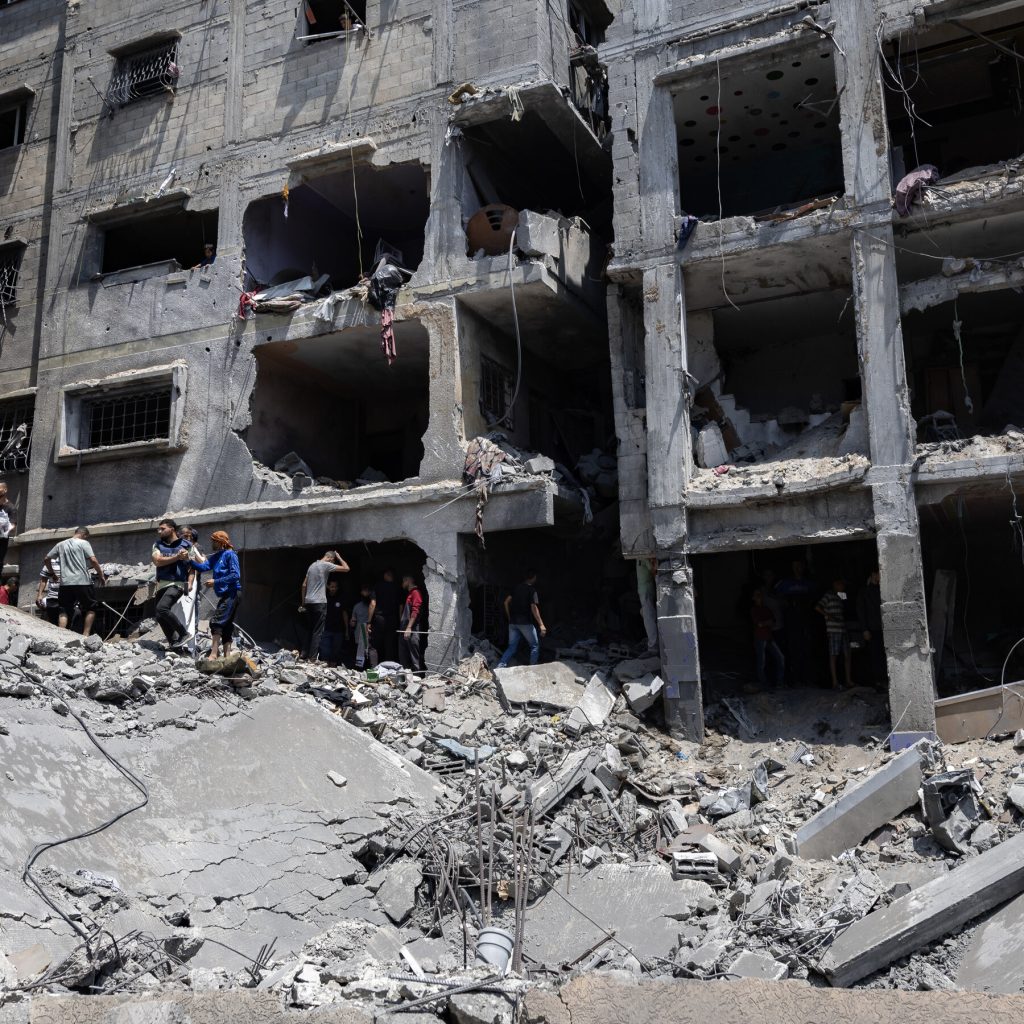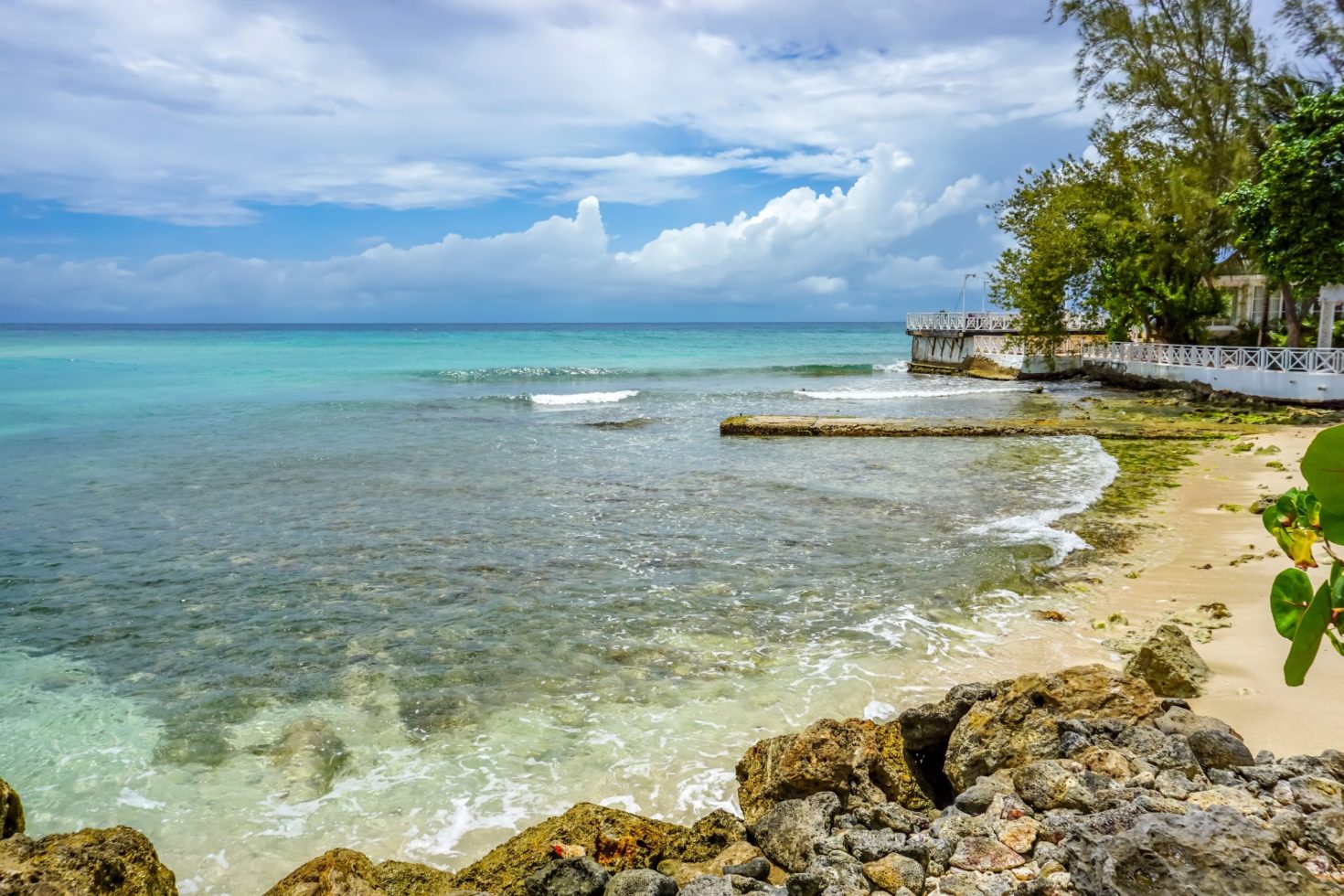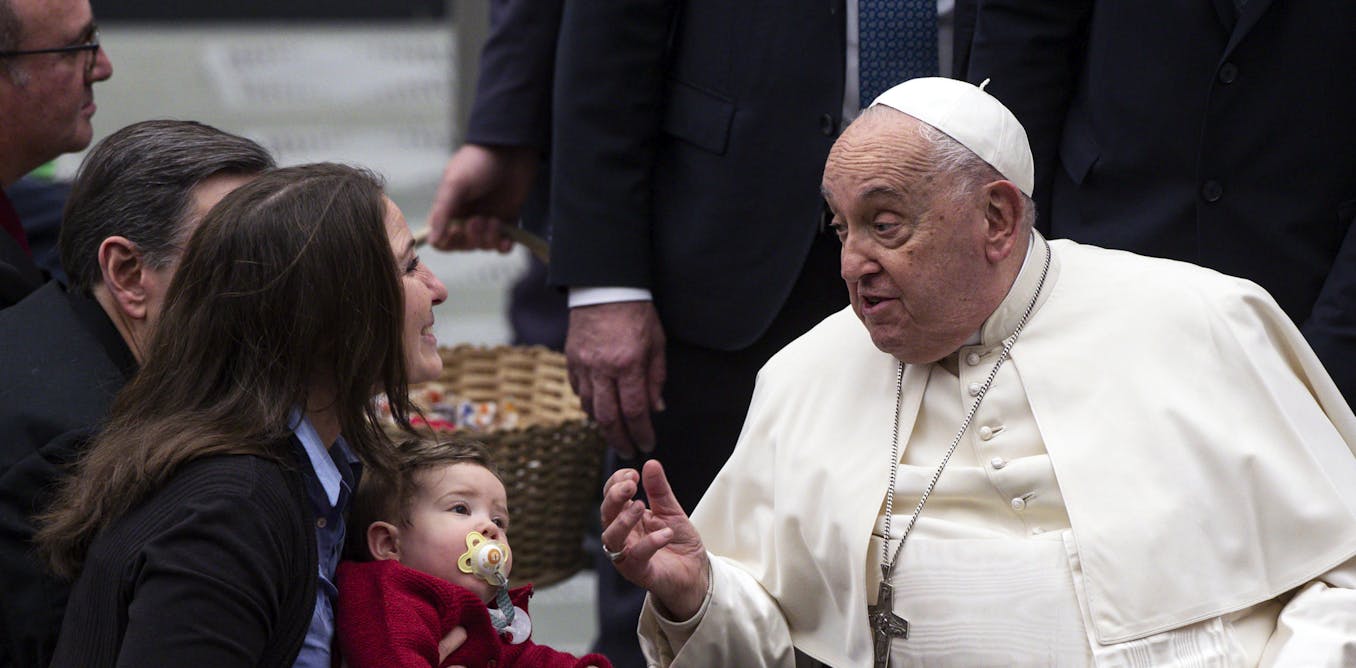Now Reading: Pope Francis dies: an unconventional pontiff who sought to modernise Catholicism
-
01
Pope Francis dies: an unconventional pontiff who sought to modernise Catholicism
Pope Francis dies: an unconventional pontiff who sought to modernise Catholicism
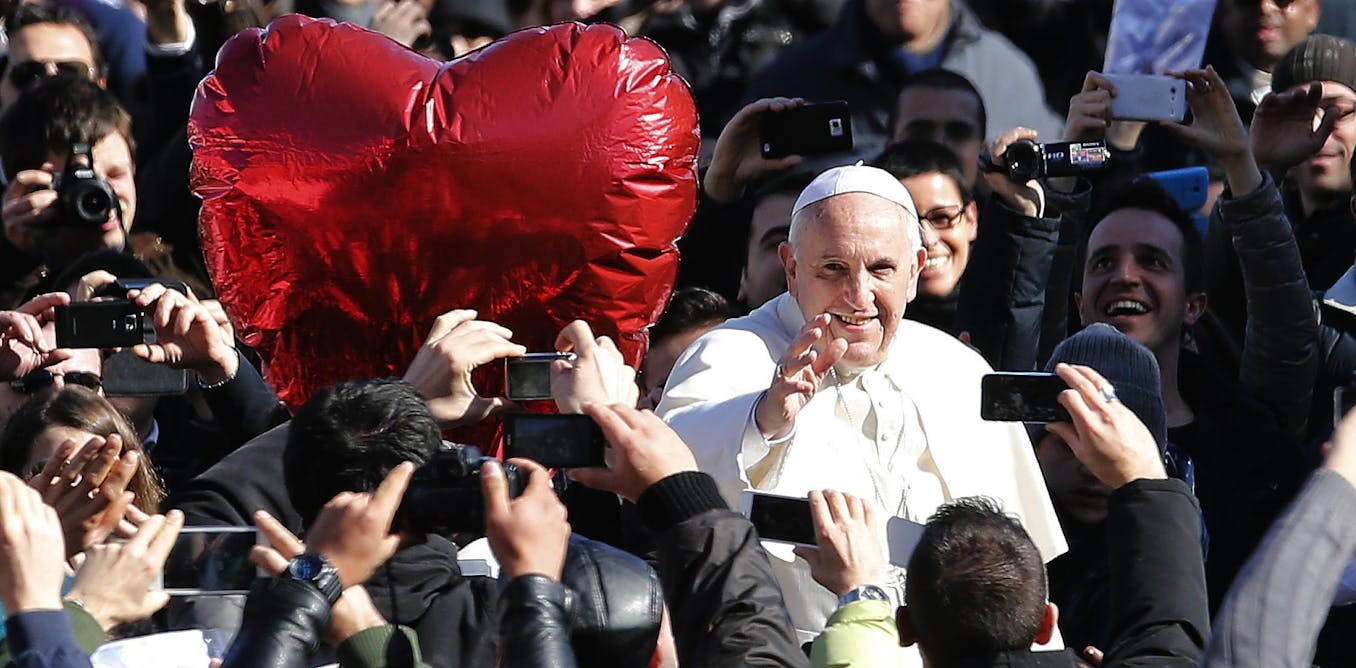
Jorge Mario Bergoglio, who later became Pope Francis, displayed his unconventional nature from the moment of his election in 2013. Breaking away from the traditional papal attire, he appeared in a simple white cassock without the usual red ermine-trimmed cape on the balcony of Saint Peter’s Basilica. Unlike his predecessors, he opted for a silver pectoral cross and chose to reside in the House of St. Martha guesthouse instead of the Apostolic Palace.
Taking on the name Francis in homage to Saint Francis of Assisi, Pope Francis became the first uniquely named pontiff in over a millennium. His teachings, encapsulated in papal encyclicals like “Laudato Si” and “Fratelli Tutti,” drew inspiration from Saint Francis, focusing on care for the planet and humanity. Embracing his Italian roots but identifying as Argentinian and Latin American, Pope Francis championed the marginalized, reflecting a changing global Catholic demographic.
As an advocate for societal peripheries, Pope Francis made significant moves during his papacy, including condemning human trafficking and addressing the plight of migrants and refugees. Embracing the reforms of the Second Vatican Council, he emphasized the church’s engagement with modern challenges such as gender equality, technology, and environmental issues.
In a bid to balance tradition and progress, Pope Francis faced criticism for his changes, notably restricting the use of the older Latin mass. Despite controversies, including apologizing for derogatory remarks and acknowledging errors in handling abuse cases, he remained committed to reform. His funeral arrangements, deviating from tradition, reflect his humility and commitment to simplicity, as he will be buried outside the Vatican at Rome’s Basilica of St. Mary Major.


